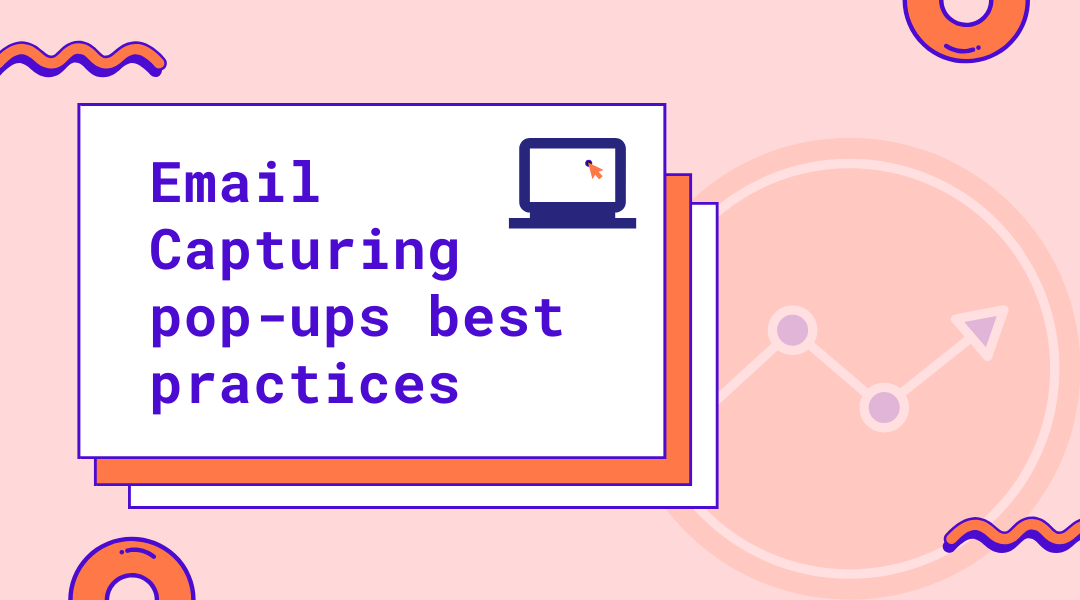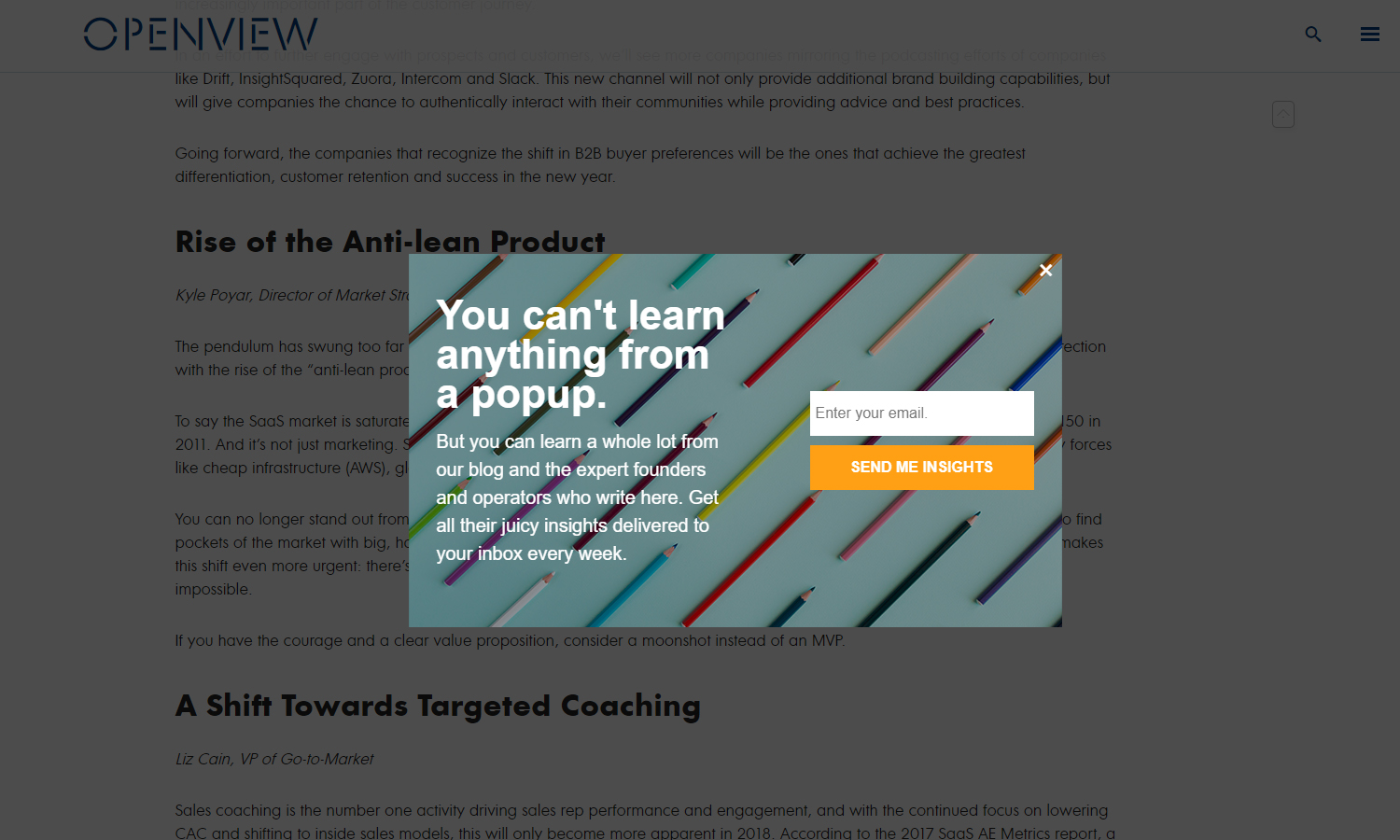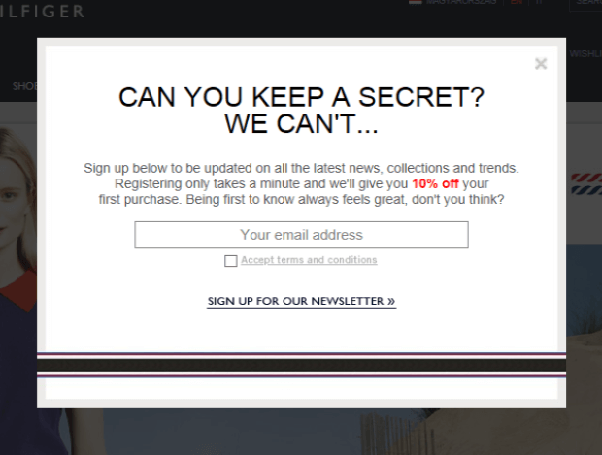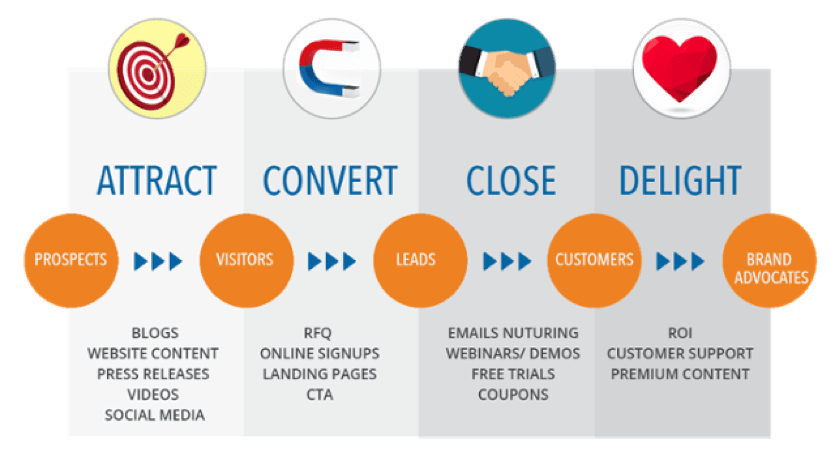
Email capturing pop-ups best practices to boost your conversions
We have already established the fact that pop-ups are the best tool for aiding your business by helping your cold traffic to give their personal contact information. Here we share details that how email capturing popups help to boost your conversions.
“Email capturing is the art of strategically collecting visitor email addresses on digital platforms. Employed in digital marketing, this process involves using various techniques, such as pop-ups, sign-up forms, and incentives, to encourage users to willingly share their email addresses. The primary goal is to build a targeted and engaged subscriber base, facilitating direct communication with the audience.
By email capturing popups, businesses can nurture leads, personalize content, and implement effective marketing campaigns, thereby fostering lasting relationships and driving conversions in the competitive online landscape.”
There are thousands of testimonials out there.
But some of them have seen surreal changes with pop-ups.
One of them is Nikki McGonigal.
She is a full-time crafter and blogger, she has been in business for more than a decade.
Before she started experimenting with all forms of pop-ups and sidebars her conversion ratio revolved around 0.4% to 0.5% of her visitors.
But within just eight months of optimizing her website with pop-ups, she drove around 7000+ subscribers.
Her conversion ratio jumped to a whopping 5.5%.
5.5% conversion ratio is extremely good. That is an increase of 1375% in her annual subscribers.
But according to her, not every strategy she implemented helped her increase her subscribers.
There was a whole period of trial and error, but she found her right mix.
In this article, we will break down all the secrets of making a good popup designs that captures the interest of your visitors such that you don’t have to go through the grueling process of finding out what works the best.
So, without further ado, let’s dive in.
Best practices that will increase your email list using Email Capturing pop-ups.
1. Make your intent clear.
There is nothing worse than sending out mixed signals. With today’s highly suspicious online community, you need to be vigilant.
A person’s email address is their asset and they are not giving it up unless they know what they are signing up for.
Having a clear message promotes your business in ways you would have never imagined. The first and most important fact is that it established a sense of trust amongst your visitors.
Establishing trust is vital to selling your product or service and being recognized as a brand that delivers its promise. Every single time.
Take a look at CoSchedule’s message.

Source: CoSchedule
Aren’t they pretty aggressive with their message?
I don’t think so.
They are absolutely clear about what they want to convey and have made it transparent.
Their value proposition or let’s call it a lead magnet is to share insights and they have made sure that their traffic knows it.
As mentioned before, today’s traffic can sniff bullshit out from miles away and we do not want that.
Make sure to keep the 6-Cs in mind when not only creating pop-ups but even your website.
What are the 6 ‘C’s?
- Clear
- Concise
- Concrete
- Correct
- Complete
- Courteous.
2. Shed spotlight to lead magnet.
Often times your lead magnet goes unnoticed or the content promoting your lead magnet is not compelling enough.
If you have spent time and/or money developing your free value proposition, you need to make sure that you portray them as an irresistible offer.
Does not matter what you are giving them for free. Could be things ranging from a special discount to free content.
Take a look at this…

Source: Quora
They start with a hook – ” CAN YOU KEEP A SECRET?”
Which is an interesting question, that grabs the attention of the reader at first glance?
Why…..?
Because everybody loves secrets.
But then they move on to speak more about the offer and do you see how the ‘10% off’ is highlighted in a bright red color?
Furthermore, by the end, they try to make the reader feel better about signing up because they get to be part of something exclusive!
We at Qualzz have mastered the art of producing enticing pop-ups. Know more !
3. Limit input fields.
Pop-ups are meant to be short messages and a quick call-to-action. They are different from the contact forms you have on your website.
Do not try to extract too much information from your traffic because it kills the purpose.
People are lazy to type.
Asking them to give up just an email is not an easy task.
So try not to over complicate things for them by asking way too much personal information such as their first and last name, address, phone number, etc.
Once you have got their emails, you can slowly nurture your lead and extract all the information that you need.
Here is an example of a bad pop-up!

Source: Richosoft
Do not follow this format unless you absolutely need all their information. As said before, and we cannot stress enough on this point —
YOU CAN NURTURE YOUR LEAD THROUGH EMAILS AFTER!
Heard of the buyer journey?

Source: Linchpinseo
The buyer journey is exactly what it depicts. It shows the different stages of a prospect’s journey with your brand up until the point of loyalty.
- The first stage is when you attract your prospects with your free value proposition such as informational content, website, etc.
- Once on your online space, your prospects are now your visitors who you need to convert into leads by obtaining their personal information. This helps take the conversation to a more intimate (one-on-one) level.
- When your leads end up buying your product after much nurturing and demos they turn into customers.
- Finally, recurring customers are going to be your brand advocates.
4. Optimize for the target market.
Every business has a different target market and with that comes different consumer behaviors.
This runs deep as even the same products/services within an industry can target different demographics.
The best way to explain this is by relating to the fashion industry. You have your high-end luxury brands and then you have your reasonably priced clothes.
But do you think both of the players market their products in the same manner?
The answer is obviously ………..NO.
In lieu of the same, we need to optimize our pop-ups in accordance with our target market.
Look at the difference between these two brands who are more or less selling the same product but are aimed towards two different groups of buyers.

Source: Reallygoodpopups

Source: Pure360
While one brand is selling its product to the elderly crowd, they are focusing on comfort rather than the fact that they are missing out on the recent fashion trends.
The second brand, on the other hand, is using millennial lingos to provoke action.
See the difference?
In the same manner, you need to be optimizing your pop-ups to fit your target market.
And for that, you need to identify your target market first which you already would have done.
5. Use smaller floating pop-ups
Floating pop-ups are not really different from the pop-ups as we know it. The only distinction is that a floating pop-up usually is at the bottom corner of your web page.
It is there continuously and does not disappear as your traffic scroll through your pages.

Source: Pipsnacks
This is what a floating pop-up looks like.
They are meant to benefit from the F and Z theory which we have spoken in detail in our article, ‘The science behind pop-ups’.
The reason why this pop-up exists is simple. If your readers decide to change their minds after scrolling through your content or website, this pop-up enables them to fill out their information and be a part of your business in simple steps.
This kind of pop-up is great if you have long-form content.
As and when the reader is convinced that you are worth having his/her email, they will not have to look for a contact form and have an option to give you their email right then and there.
6. Revamp for tablets and mobiles.
Desktops, tablets and mobile phones all have different aspect ratios.
The website you see on your laptop is not going to look the same so why would pop-up look the same?
CNBC estimates that around 72% of the people will only be using their smartphones to access the internet. That is around 3.7 billion people using only their cell phones.
Do you want to lose out on all this opportunity just because you did not optimize your pop-ups?
“What separates art from designing is that the later is supposed to be functional”
Cameron Moll
These are a few types of pop ups templates that fit cell phones perfectly. It could look like a pop-up or it could cover the whole page with a big close button.
The same applies to tablets.
At Qualzz, we handle all your pop ups examples related issues and requirements. We have a team of experts who will guide you all the way to the end.
Conclusion: Best practices when it comes to email capturing pop-ups!
When one thinks of pop-ups, there is a sense of ‘annoyed’ imbibed in there. Hence, we cannot let our visitors be annoyed by our pop-ups.
Always have a big and noticeable close button for your pop-ups. Remember, your visitors are here for a plethora of reasons.
They might not be interested in subscribing to a newsletter or availing a discount.
They might just be there for a small piece of information or just to look at a design.
With Qualzz, you get the best service at unbelievable prices.
We understand that different businesses require different popup designs and you can leave everything to us.
Our platform lets you easily customize your pop-ups and get your results. Who knows what’s best for your business/website then you, yourself.
While we facilitate you with top-tier software, you have the freedom to do what you think is best.
email capturing popups is the process of collecting email addresses from potential customers or website visitors. It is an essential marketing strategy that helps businesses build an email list for future promotional activities.
The captured email addresses can then be used for email marketing campaigns, such as newsletters, promotional offers, or personalized messages to nurture the relationship with potential customers and convert them into paying customers.
Email capturing is a crucial aspect of digital marketing as it allows businesses to directly communicate with their target audience and build a loyal customer base. It also helps in increasing website traffic and sales conversions. Therefore, businesses need to focus on effectively capturing email addresses from their audience to stay ahead in the competitive market.
